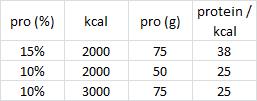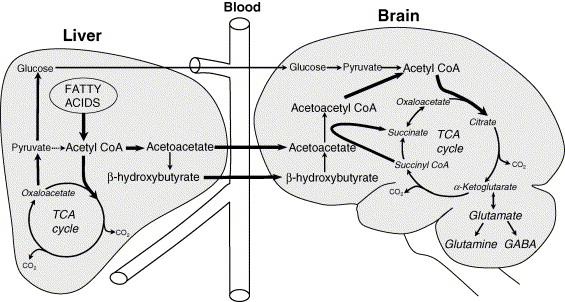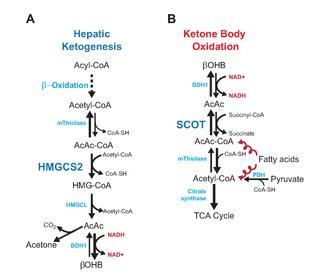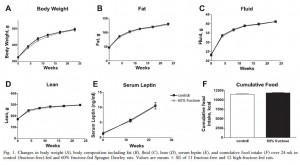Inverse Carb Leverage HypothesisTM
Protein Leverage Hypothesis: Dude eats 15% protein on a 2000 kcal diet (75 g protein). Exchange 25 grams of protein with carb, and he’s now eating 10% protein on a 2000 kcal diet (50 g protein). Theory states Dude will increase total food intake to get back those 25 grams.
Ergo, Protein Leverage Hypothesis:
Disclaimer: I don’t care much for the Protein Leverage Hypothesis. It might be true, but that doesn’t mean it matters. It works well in rodents, but obese patients eat tons of protein. The rebuttal to this is that the protein in their diet is too diluted with other [empty] calories. They’re overeating because of low protein %.
The flipside, confirmed ad nauseam in rodent studies, is that frank protein deficiency increases food intake. Frank protein deficiency means negative nitrogen balance & tissue loss… not just skeletal muscle; organs, too. Incompatible with survival.
Feed someone a low protein low fat diet, they get hungry. If it’s ad libitum, they eat more.







